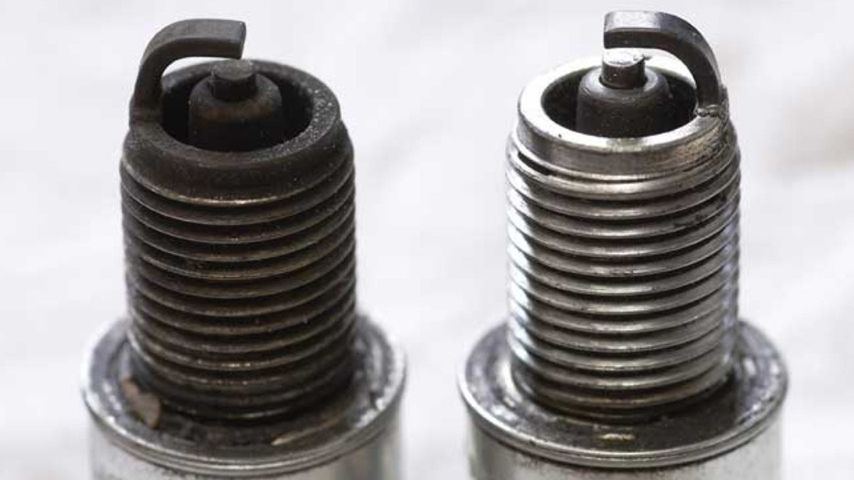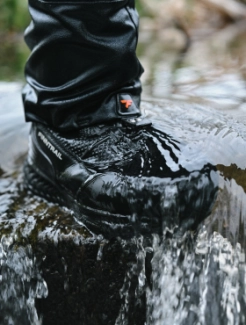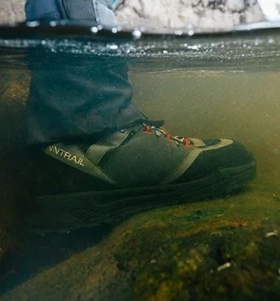How To Fix My ATV Spark Plug Getting Black
In many ways, the spark plug in your ATV is its beating heart. Not only does the spark plug start the engine in the first place, but it also keeps firing a spark every revolution of the engine (or every second revolution if you have a four-stroke).
Electrical energy is sent through the spark plug, causing a spark of electricity to jump the small gap if the voltage is high enough. This spark is in the perfect position to ignite the mixture of gas and air in the combustion chamber.
The importance of the spark plug to your ATV, UTV, or snowmobile’s operation means when something goes wrong with it, you’ll know pretty quickly. Spark plugs that appear white have likely been overheating. Those that are yellowing are typically affected by rust. These issues can be resolved by replacing the spark plug.
But what if your spark plugs keep turning black? This is an interesting conundrum, as there are a few possible reasons for charred or dark spark plugs. In this article, we’ll look at the top reasons your spark plugs are turning black and how to stop it from happening again.

Is the engine flooding?
Engine flooding occurs when fuel sits in the engine without being burnt. When the engine floods, this fuel can reach the spark plug, causing it to blacken and ultimately stop working as required.
It’s pretty easy to flood an ATV, UTV, or snowmobile engine if you’re not careful. Starting up the engine and then immediately stopping it often results in flooding because the fuel hasn’t had time to be burned. In this case, your vehicle may refuse to start up because the spark plug is covered in fuel.
For a quick fix, you can remove the spark plug and clean the area of fuel. Dry off the spark plug, and you should be back in business. You may be better off simply replacing the spark plug with a new one, though, to ensure it will work perfectly.
You can release the drain screw of the carburetor to drain all the fuel from the carb. If the engine is flooding due to a mechanical failure, you’ll need to get to the bottom of the issue. But removing and cleaning a carb is a relatively complex affair.
Inside the carb, the float level is critical to flooding. Too high, and the pilot circuit will be flooded with fuel. Too low, and the main jet lacks fuel at high speeds. The float level has a particularly low tolerance, often 1.5-2.5mm but sometimes only 1mm.
Is there an oil leak?
Another culprit for black spark plugs is an oil leak. Oil can make its way to the spark plug through a faulty gasket, worn washers, or old O-rings.
If you can’t find the leak there, the valve guides or piston may be leaking oil. You’ll need to replace the part that’s leaking oil and replace the spark plug that’s been compromised.
Is the fuel mixture too rich?
If your carburetor is running too rich (i.e., too much gas), then this can cause calcium deposits to build up on the spark plug. If your mixture is too rich, you’ll likely also be noticing other symptoms, such as excessive black smoke from the exhaust.
These carbon deposits are a pain because electricity always seeks the path of least resistance, and carbon is an excellent conductor! The electricity will no longer be performing its duty to spark the gas correctly, resulting in poor performance overall.
Though there are a few reasons your fuel mixture could be too rich, in this case, the most likely cause is old engine oil. If you leave too much time between oil changes, you’ll see the results of the neglect here at the spark plug (alongside damage to other mechanics).
Resolve the issue by replacing your engine oil. New oil will break down the built-up carbon, so it gets stuck in the oil filter. And remember to keep changing your oil regularly.
How often should I change my spark plug?
In general, expect to replace spark plugs every 100 hours you ride your vehicle. As usual, this is just a general guideline, as hard riding or a hot climate can prematurely put a spark plug out of commission.
Thankfully, spark plugs are relatively inexpensive, and it’s easy to change them yourself. First, remove the spark plug wire by hand. Take a wrench to unscrew the old spark plug, and use it again to install your new spark plug, ensuring it’s tight.








































